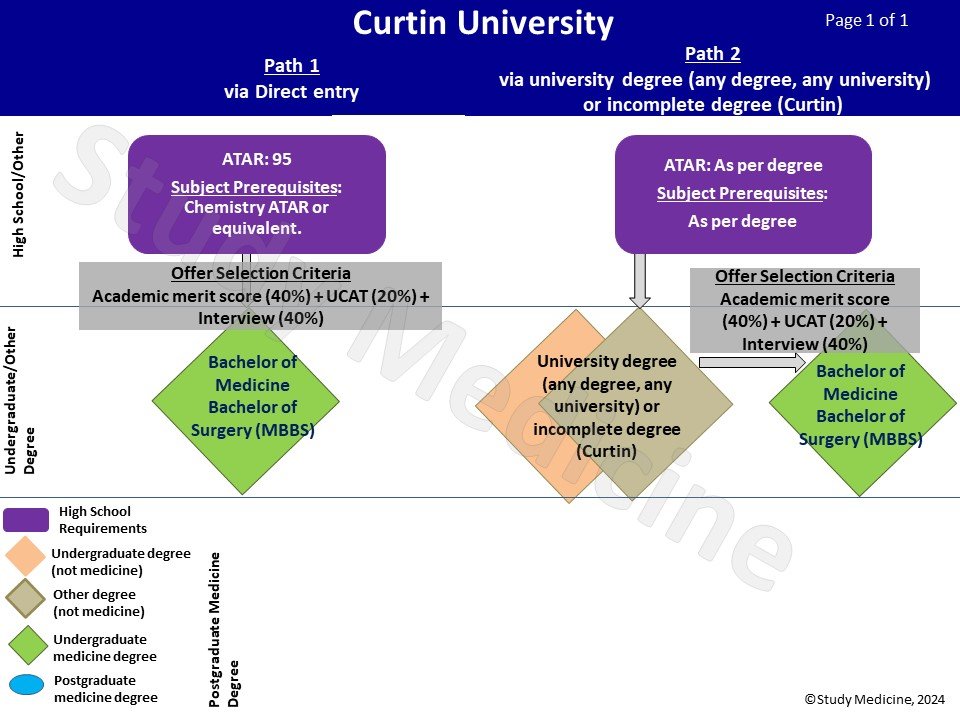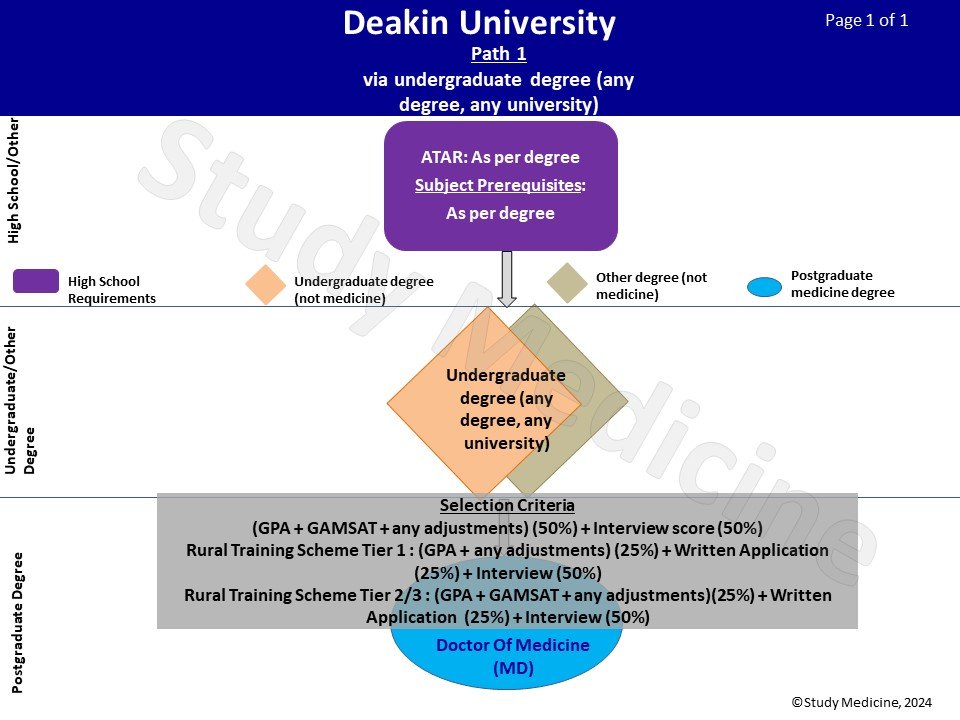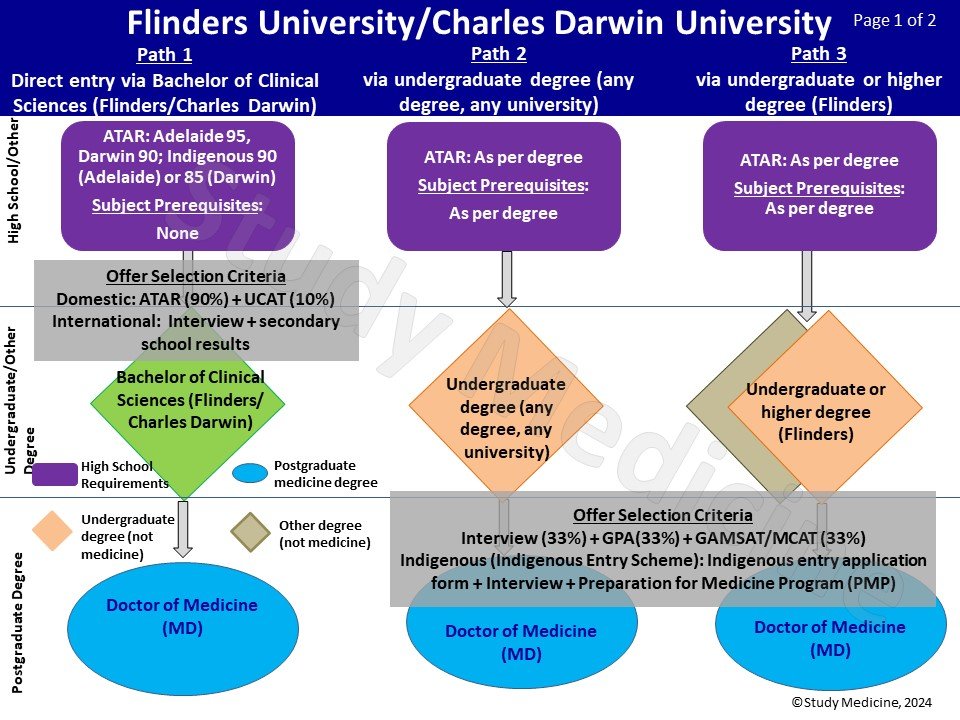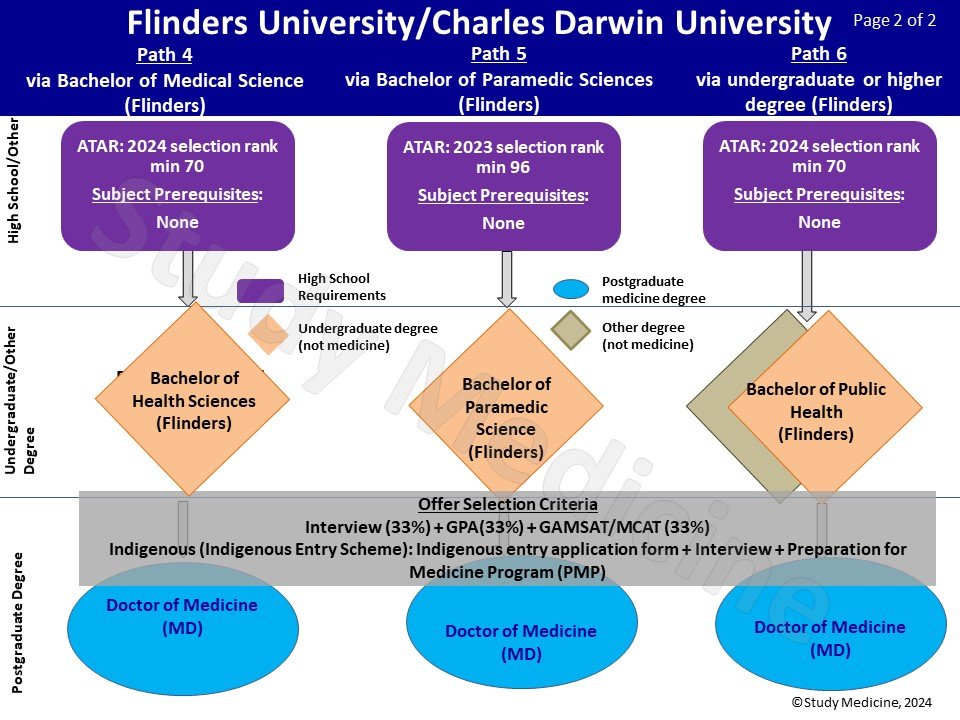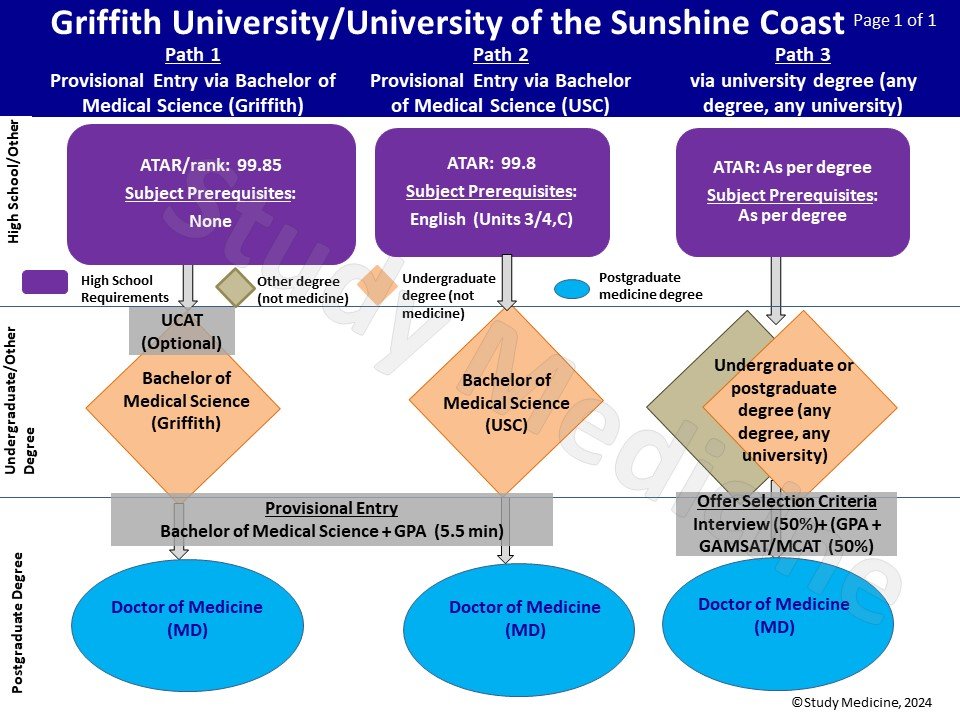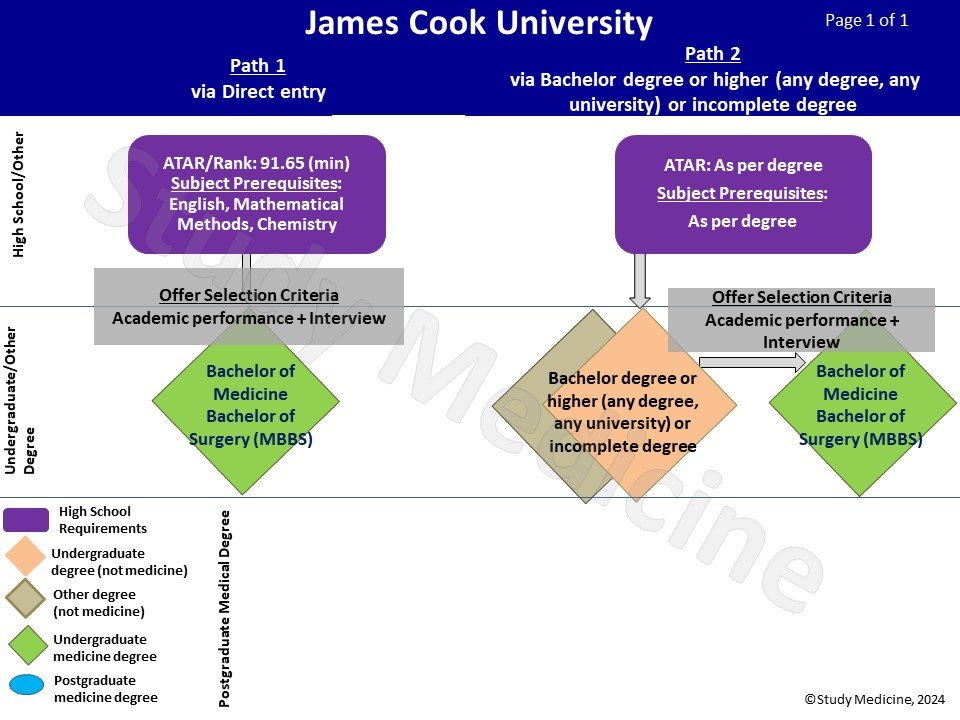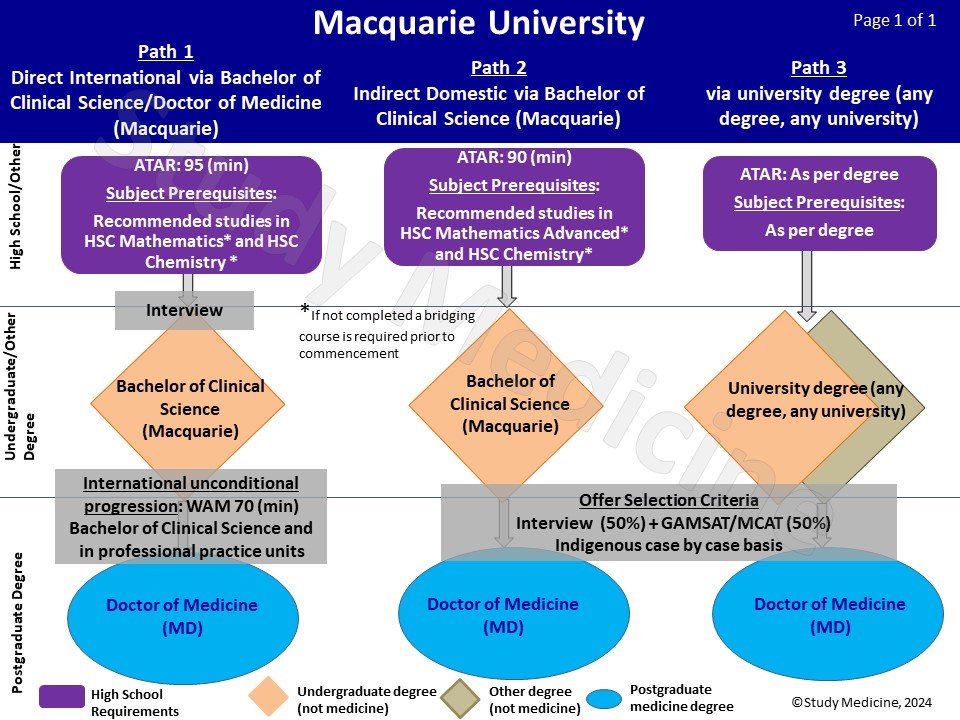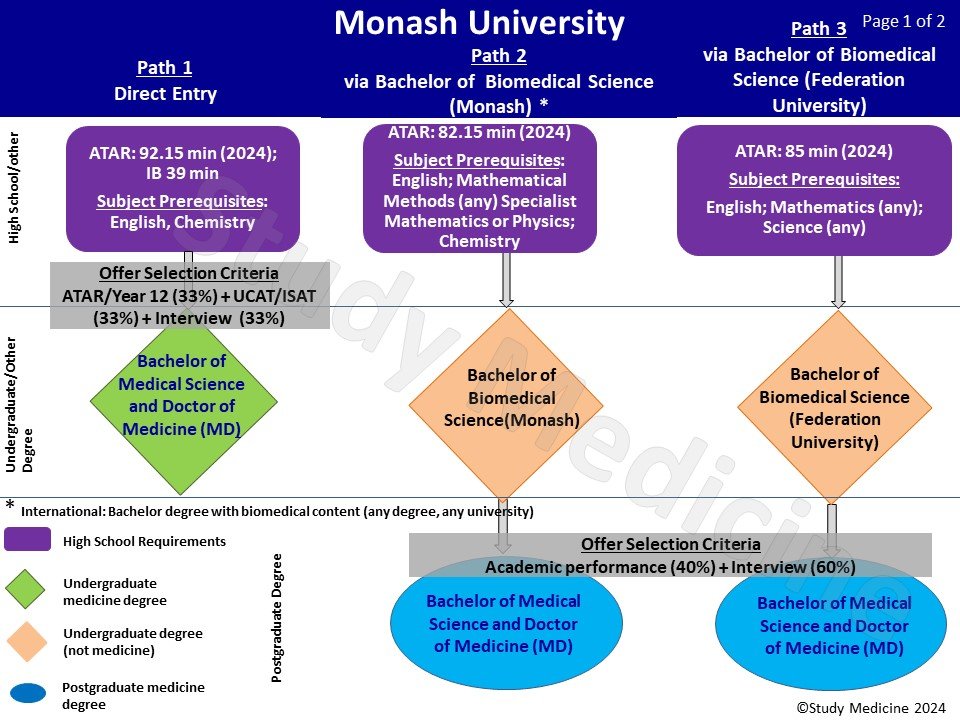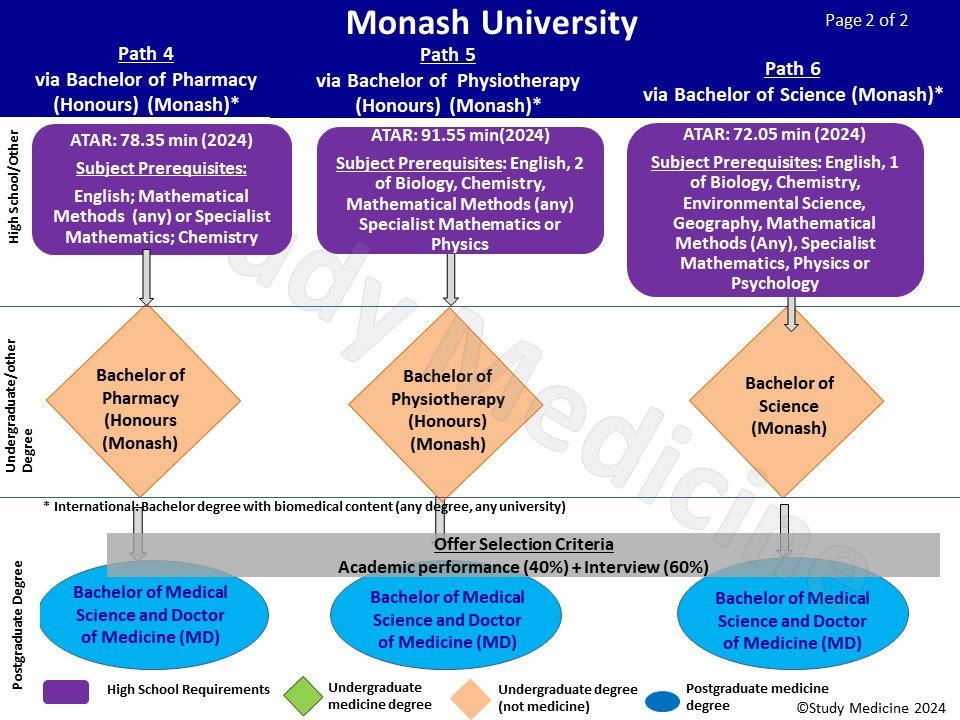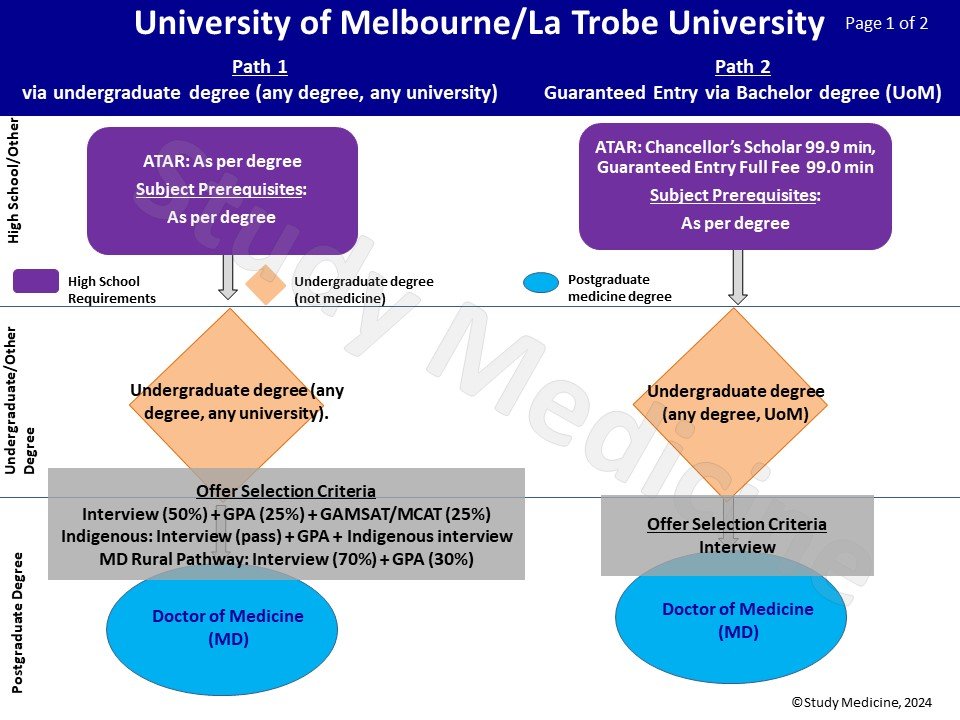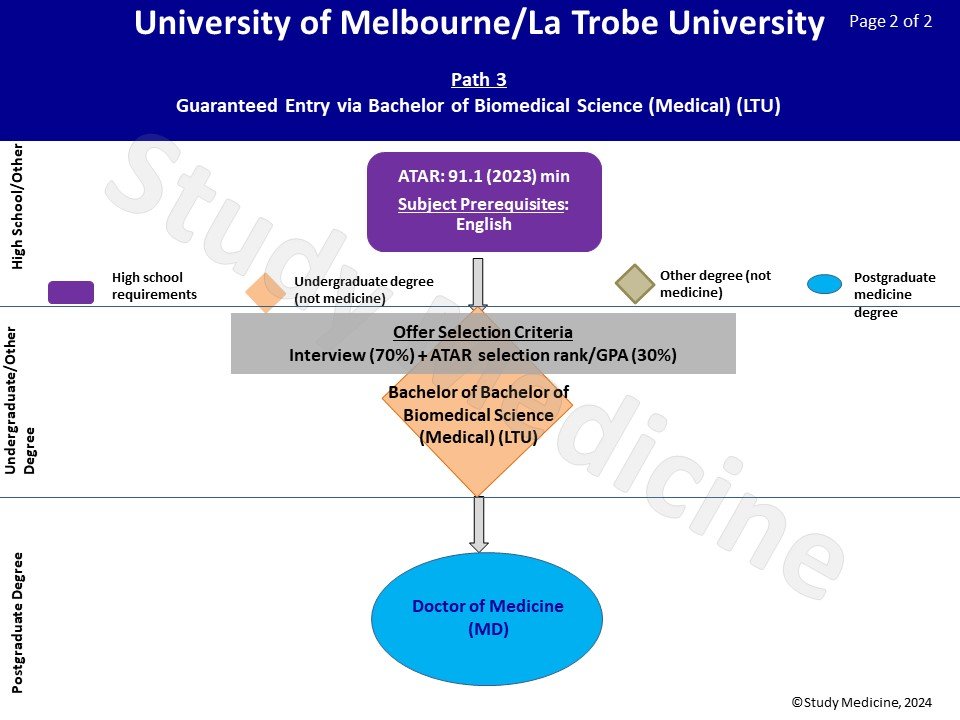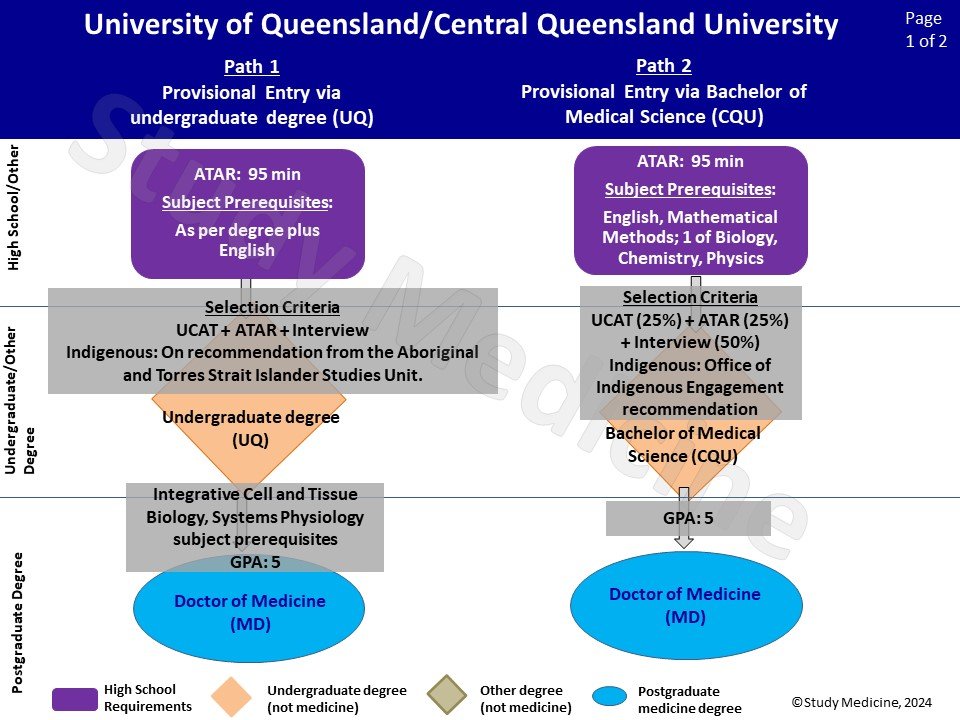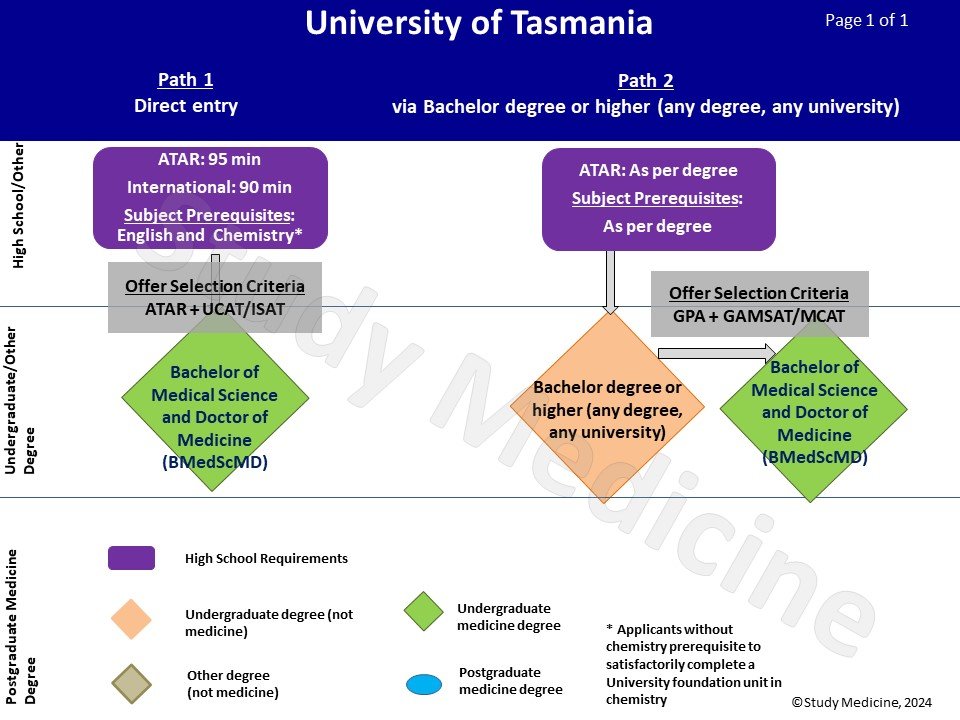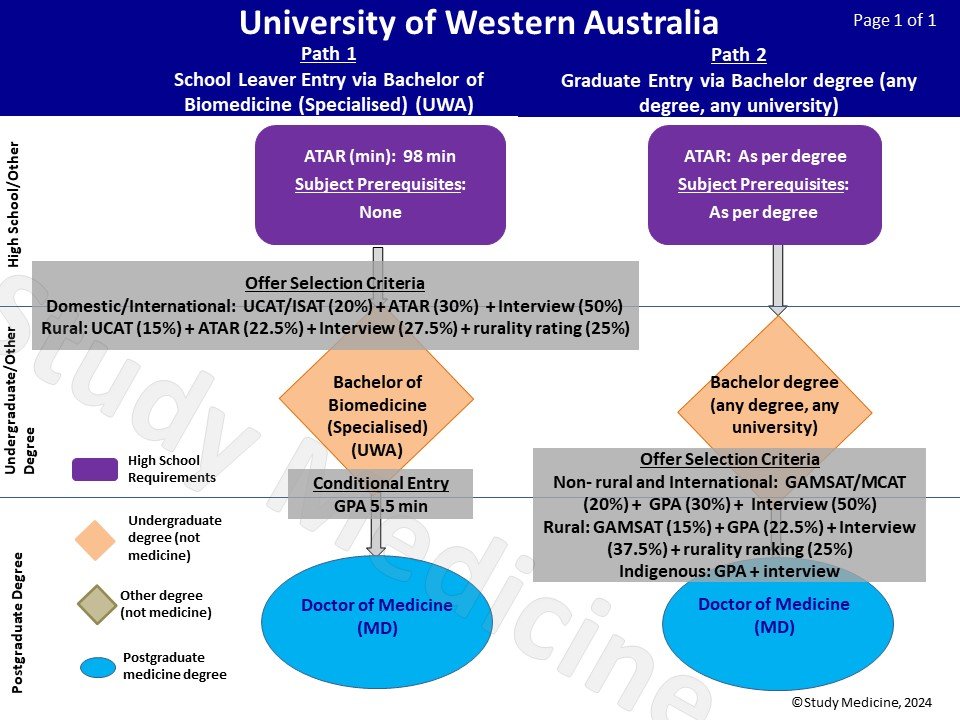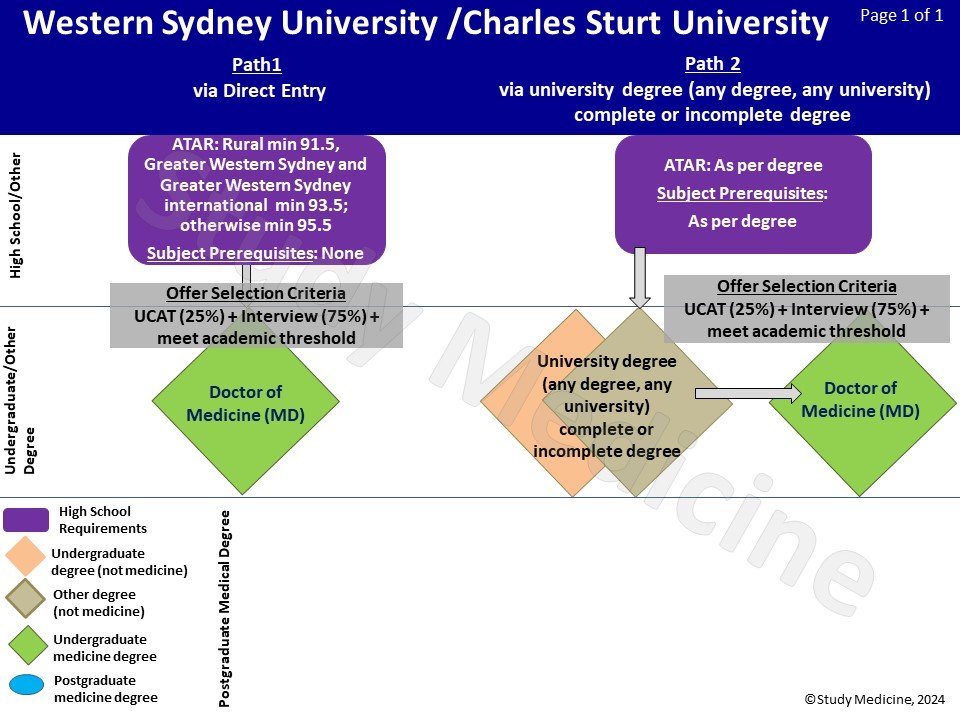University of New South Wales (UNSW) Medicine - detailed entry requirements and how the UNSW compares with other universities
The UNSW Summary shows there are 3 paths to medicine at UNSW. These are:-
direct entry to the undergraduate medicine degree for high school students
students who have a previous degree, or commenced a degree but have not completed it, and
students entering through the Bachelor of Medical Science Honours degree at UNSW - known as graduate lateral entrants to medicine at UNSW.
Entry Requirements - The full details regarding the entry requirements for medicine at UNSW are given in the table below.
This table shows, not only the requirements to obtain a place in the undergraduate medicine degree but also details how each of the 3 paths flow into the medicine degree and what you need to keep in mind, not only for medicine, but also when applying for other degrees if you are seeking to enter as a graduate.
How UNSW Compares with Other Universities - Scroll further down, below the table and you'll also see the UNSW Comparitor. This tool enables you to compare the 3 paths to medicine at UNSW with other university paths to medicine.
UNSW detailed entry Requirements
There are a number of notable aspects in how UNSW structures its undergraduate medicine degree.
Bachelor of Medical Science entry
A very limited number of students who are undertaking the Bachelor of Medical Science Honours degree at UNSW (10 in total, out of 185 which represents approximately 5% of students undertaking the degree) have the opportunity to transfer into the medicine degree. Students applying for lateral transfer need to undertake the UCAT. An assessment is undertaken at the end of second year with successful students receiving provisional entry to the medicine program. These students are required to complete their Bachelor of Medical Studies Honours degree and are then able to commence the medicine degree at Phase 2 i.e. do not have to commence medicine at year 1, do not have to undertake the Bachelor of Medical Studies degree and instead commence at the Doctor of Medicine degree stage (ie 3 years in Bachelor of Medical Science, one year transition in B Science (Honours) and 3 years in the Doctor of Medicine). As a result, graduate lateral entry students spend a total of 7 years (ie as opposed to direct entry from high school students who take 6 years to complete the medicine program) and graduate with a Bachelor of Medical Science, Science (Honours) and Doctor of Medicine.
Different arrangements for rural students compared with locals
There are different approaches taken to determine whether or not you secure an interview - and this depends on whether you are a non-rural (domestic or international) or rural applicant. Domestic/international students are assessed for the offer of an interview based on both their ATAR and UCAT/ISAT results, whereas rural students are assessed on their UCAT and rurality rating. The difference in rural students’ interview eligibility not taking ATAR outcomes into consideration is because interviews are scheduled shortly after the release of ATAR results and this would give rural students insufficient time to travel to the interview location. As a result, rural students are invited to interview based only on their UCAT result (and rurality rating).
Other graduate entrants into the program
UNSW states lateral entry to medicine through the Bachelor of Medical Science Honours degree as being the graduate entry stream.
UNSW also, however, states that applicants with partially completed or completed degrees (Bachelor, Masters by course work and by research, and PhDs) may also apply for medicine. Notably there is no 10 year rule for when previous degrees need to have been completed and also no limit in terms of the number of times applicants may apply. The key aspect is the equivalent academic rank. For applicants who have 0.75 FTE or more tertiary studies will have both their high school and university studies assessed. Both need to meet minimum requirements of at least ATAR 96 or 91 (rural) and WAM 70. Once applicants have hit this hurdle, the best of these marks (high school or university) will be used (together with UCAT/ISAT) to determine those who is offered an interview. As the UNSW medicine degree is undergraduate, graduates applying for entry need to do so through the Medical Admissions Portal and UAC (or direct to UNSW Online and if you are an international applicant) and also need to sit the UCAT/ISAT (ie not GAMSAT/MCAT).
City or country
UNSW provide a fully regional medicine undergraduate degree at Port Macquarie or Wagga Wagga. This enables UNSW medicine degree applicants to choose whether they want to undertake their medicine studies at either a regional or city location. There are approximately 26 medicine students at Port Macquarie and approximately 15 students studying at Wagga Wagga.
UNSW Comparitor
Click the arrow to scroll through other university paths to medicine to compare UNSW's paths (some universities have numerous paths and these are shown on separate pages).
UNSW's Paths to Medicine
Compared with -
Other University Paths to Medicine
An important qualification
Study Medicine information has been compiled from Australian university information sources and therefore is a guide. Authoritative information is provided by the university only. Make sure you obtain information directly from the university before making any decisions.
The above information is intended to help you understand the UNSW medical degree and the available paths to gain entry. Remember, information can always change, so ensure you keep up to date by regularly checking directly with the University of New South Wales.
